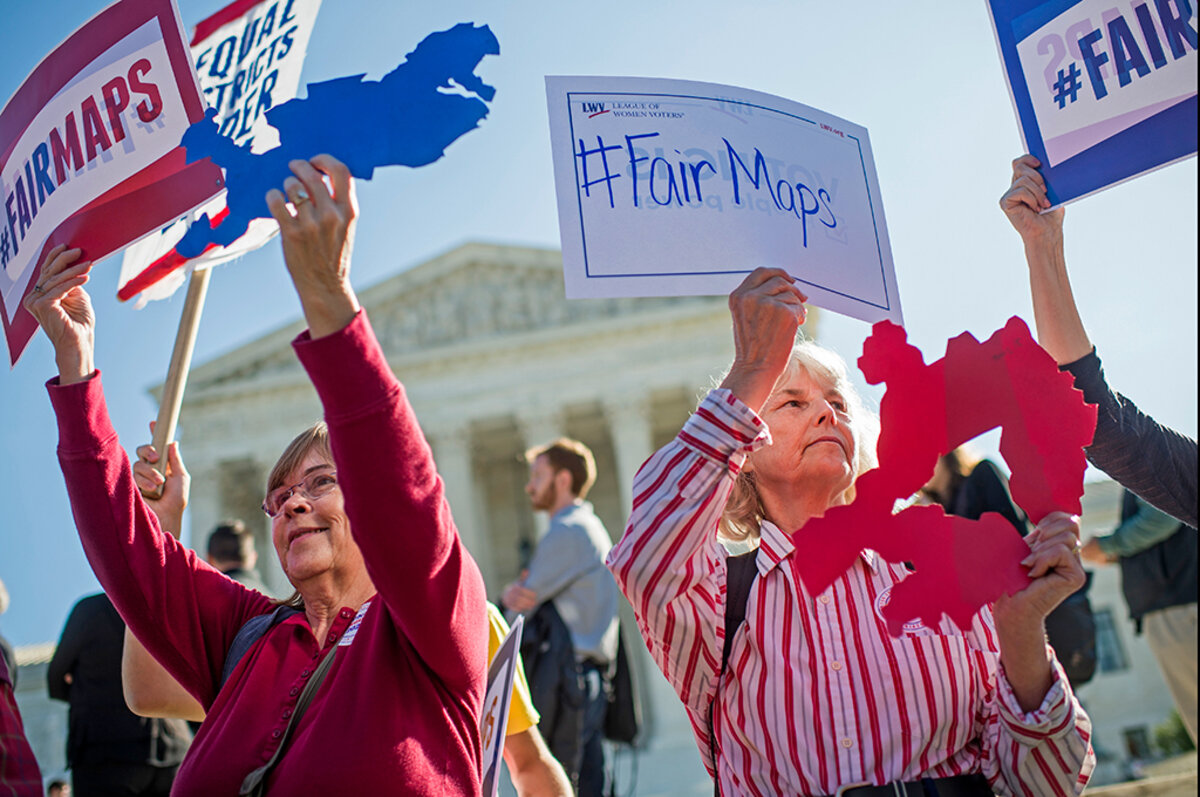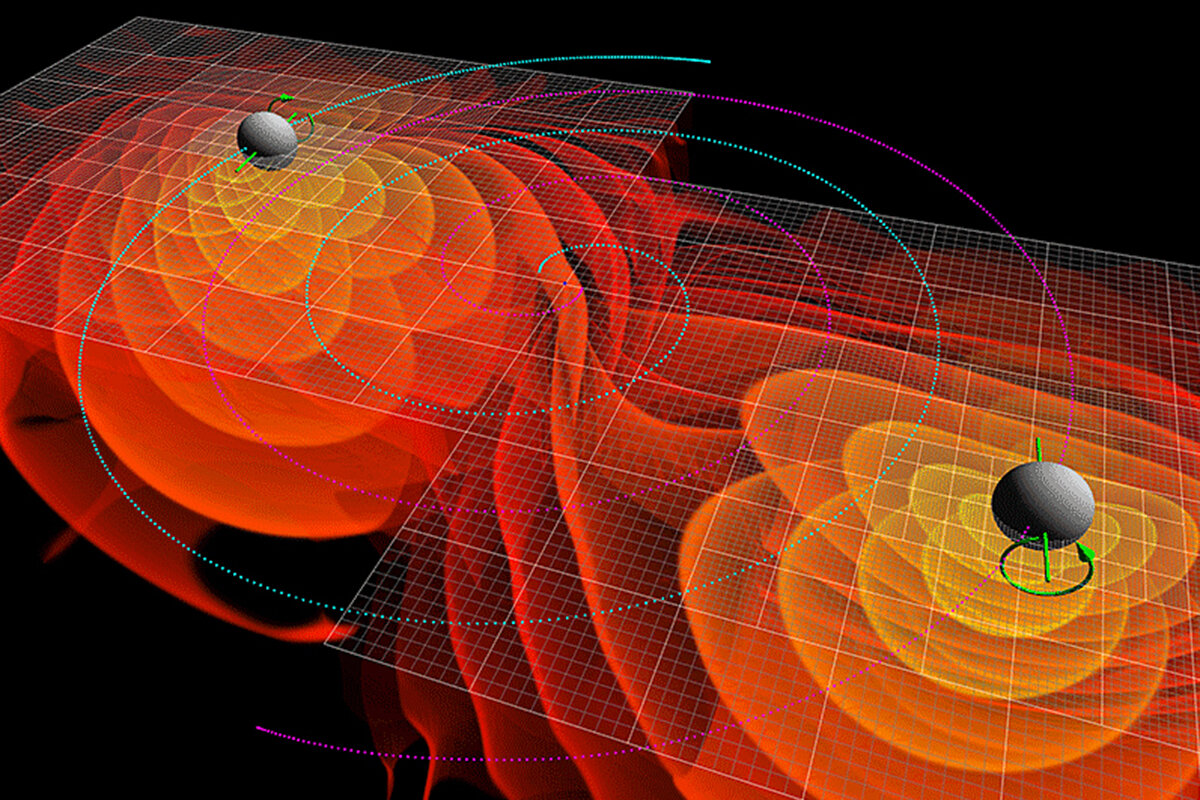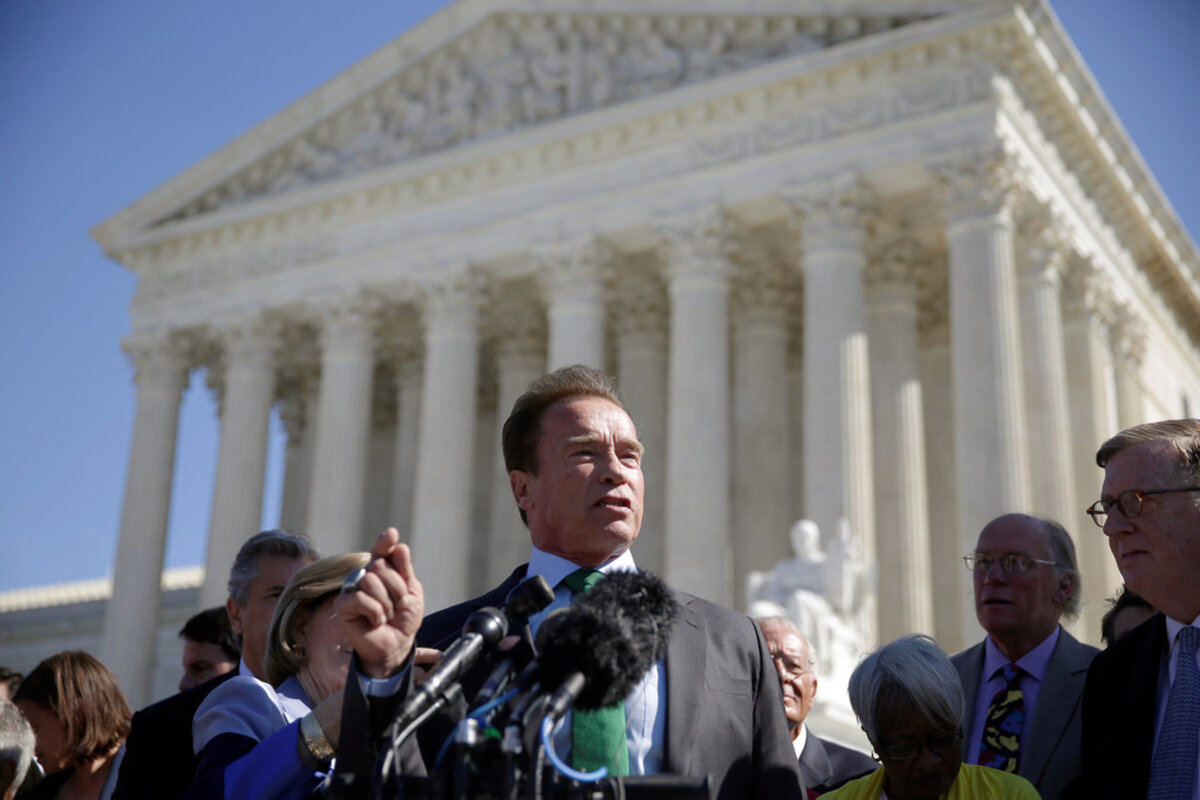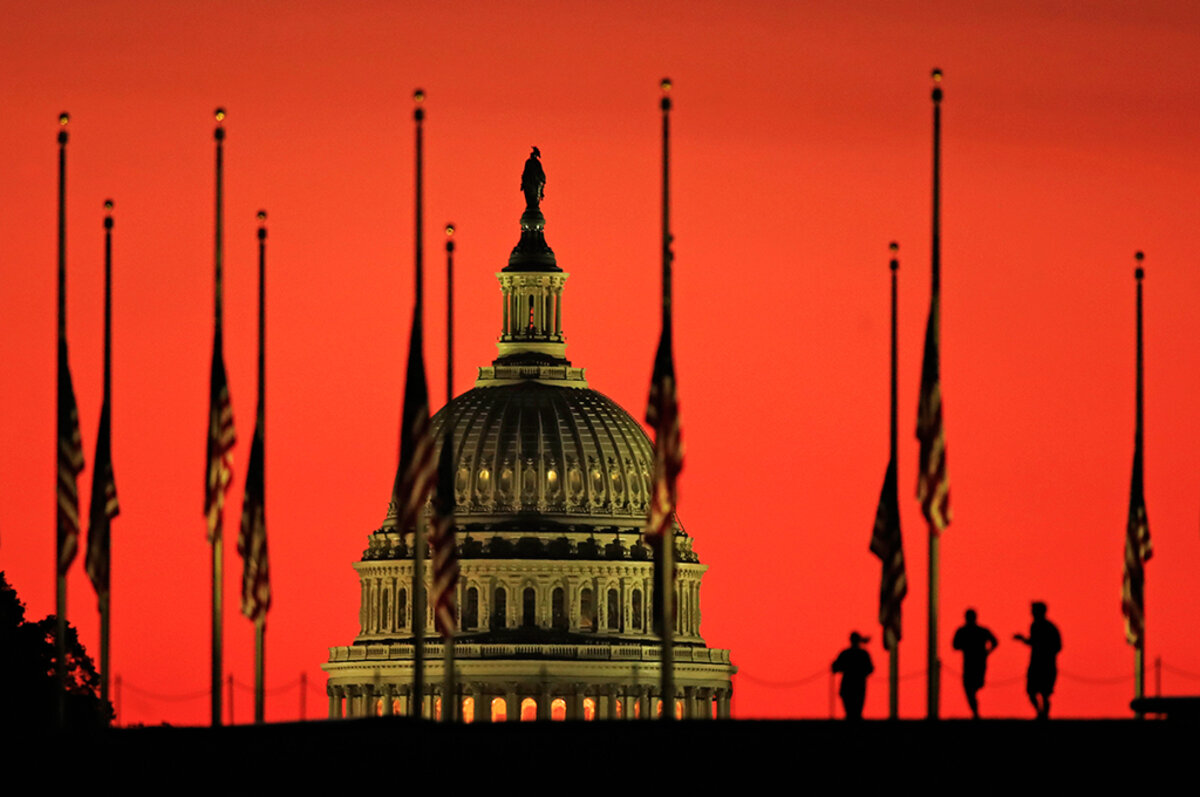President Trump has a trust issue with American Latinos. Could the federal response to the devastation in Puerto Rico mark a shift in that distrust?
Monitor Daily Podcast
- Follow us:
- Apple Podcasts
- Spotify
- RSS Feed
- Download
 David Clark Scott
David Clark Scott
The Las Vegas shooting reopens a lamentably familiar debate over gun violence in the United States.
At issue is a sense of security. The left, seeking personal safety, wants to limit gun ownership. The right, seeking personal safety (and having little faith in government) sees gun control as eroding the Second Amendment of the US Constitution.
Since the 2012 Newtown, Conn., shooting, liberals have felt a deep sense of despair over the political impasse, notes one Monitor editor.
But perhaps we need to look more closely at the nature of the problem. Gun violence in America isn’t primarily a mass shooting problem. Almost two-thirds of the 33,000 annual gun deaths in the US are suicides. Or to put it another way, the same number of Americans fatally shoot themselves each day as died in Las Vegas on Sunday.
If the goal is really to reduce gun deaths, we’d focus on preventing suicides and gang violence. Those are two different problems with different solutions. The steps that would prevent mostly older white men from killing themselves aren’t likely to be the same steps that would prevent mostly young minority men from shooting each other. And there are firearms dealers working on stopping suicide by gun, as we’ve reported.
Yes, Las Vegas is another tragic example of America’s mass shooting problem. But the nation has a much bigger gun-death problem that may actually be more solvable.
Now, we've selected five news stories that illustrate trust, generosity, and collaboration at work.











